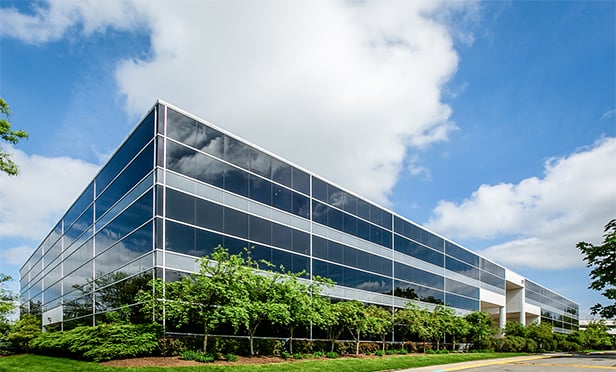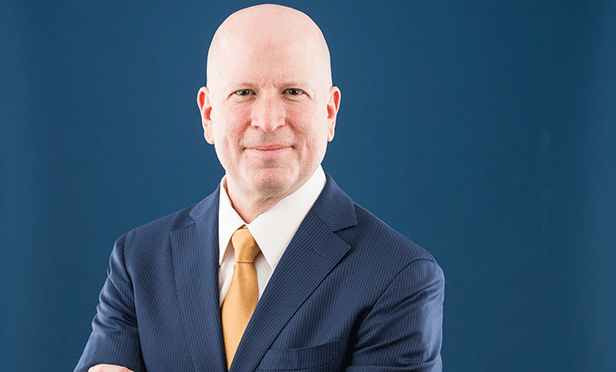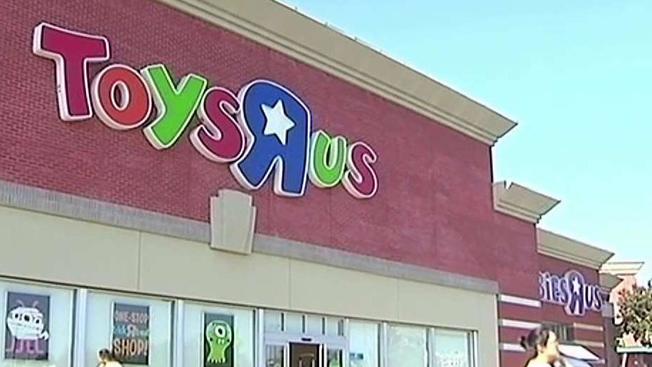IRVINE, CA—The residential real estate market both informs and reflects activity in the commercial real estate realm. RealtyTrac keeps close watch on foreclosures, sales and other related issues in the residential real estate industry. We spoke exclusively with Daren Blomquist, VP of RealtyTrac, about the biggest changes he saw in the residential market during 2014 and what he believes lies ahead in the new year.
GlobeSt.com: What do you consider to be the most significant changes the residential real estate market experienced during 2014, either in terms of foreclosures, sales or anything else?
Blomquist: The transition from a rebounding market to a reality-based market, which happened in the second half of the year, as evidenced by two trends:
- Annual home-price appreciation has slowed to single digits in most markets. Our data shows year-over-year home-price appreciation was an average of 6% in November among all metro areas with a population of 500,000 or more (102 total). That is down from an average 10% in November 2013.
- Cash sales in the third quarter dropped back close to historic norm of 33% and the lowest level since the fourth quarter of 2010.
GlobeSt.com: How do you see the market changing as we move into the new year, and where do you think it will be at year-end 2015?
Blomquist: The second half of 2014 is not a speed bump in the recovery, but a return to a new normal. We'll continue to see the pattern of the second half of 2014 in 2015, with single-digit home-price appreciation in most markets and NAR annualized sales volume below five million. Part of this new normal will be foreclosure activity finally returning to historic norms in the first half of 2015.
GlobeSt.com: How do you think development of new homes and apartments will impact the residential market in 2015?
Blomquist: Multifamily will continue to be a hot and growing niche in the market as more investors realize that it's more predictable and manageable than single-family rentals. But because Millennials and boomerang buyers who lost their homes to foreclosure during the crisis will continue to be slow to become homeowners for the first time or again, the rental market will continue to be solid.
GlobeSt.com: How will investors' strategies change as residential/multifamily development ramps up next year?
Blomquist: That will likely be another phase in the nascent securitized residential-rental industry, with more players realizing multifamily is more efficient than single family as rentals. So we'll see more money going toward buying existing multifamily and building more multifamily.
© 2025 ALM Global, LLC, All Rights Reserved. Request academic re-use from www.copyright.com. All other uses, submit a request to [email protected]. For more information visit Asset & Logo Licensing.







